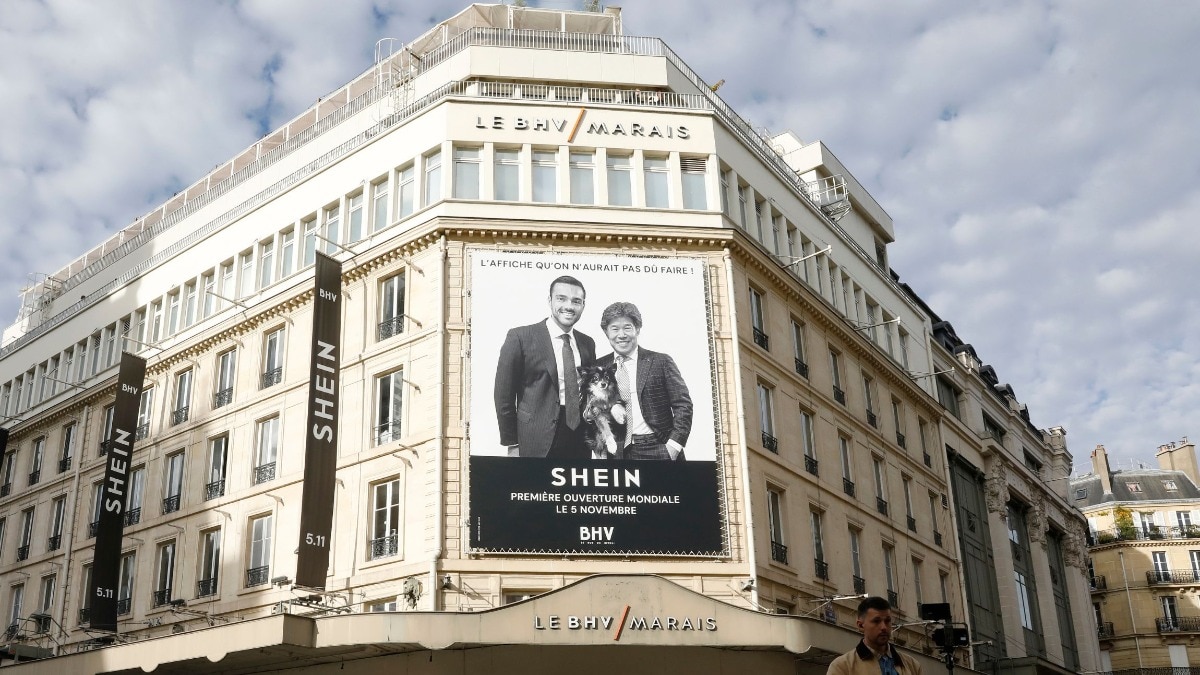Life on the Nile: A cruise down Egypt's historical bylanes
Egyptomania has attracted many to the country, but the slowed-down pace of a traditional Nile cruise has become a particular draw of late.


Egypt is the destination du jour, thanks to new excavations and a desire to feel truly transported after years of lockdown. The slowed-down pace of a traditional Nile cruise is a particular draw. By car, it takes about three hours to drive from Esna, a city on the west bank of the Nile, to Aswan, in southern Egypt. But on one of Nour El Nil’s fleet of six dahabiya boats—shallow-bottomed vessels with two distinctively red-and-white-striped sails whose traditional design is not so different from their pharaonic predecessors—it takes five days. And yet, one wishes it would stretch on even longer.
From the first moment aboard a Nile cruise with Nour El Nil, life slips into an idyllic routine: a breakfast of strong coffee or mint tea with fruit, pancakes, and eggs is followed by an outing to an ancient ruin—exploring the decorated tombs of El Kab one day and a temple dedicated to Sobek, the crocodile-headed God, on another. After a family-style lunch, guests dip into the swift current of the bracing Nile for a swim, with young crew members joining in, doing backflips from the bow. Even if there are 24 guests—the maximum number permitted aboard Nour El Nil’s biggest boat—there are plenty of corners on the deck and in the library to curl up with a book while watching the lush scenery drift by, a stirring call to prayer occasionally overpowering the sound of birdsong and water lapping against the side of the boat. The day ends with a three-course dinner and then a retreat to the cabins below, each room tastefully appointed with comfortable beds, en suite bathrooms with showers, and a few little artful details from local artists and artisans, like a vintage painting of a desert landscape or Berber woman, but nothing to distract from the view of the Nile out the rooms’ large windows.
Journeying along the Nile has long captured imaginations. It’s one of the world’s oldest tourist destinations, a route popular with ancient Romans dating back more than 2,000 years. The water of the Nile was considered so pure that, in the 16th century, Ottoman sultans had it shipped to Constantinople for drinking. In the 1870s, the Nile cruise became an important part of the Grand Tour when Thomas Cook & Son built up a fleet of steamships that transported wealthy travellers between Cairo and Aswan. A 1933 cruise on the river with her archaeologist husband inspired Agatha Christie to write Death on the Nile.
The unhurried pace of travel dictated by water and wind, passing by ancient sites that are carved into limestone cliffs, feels like the ultimate luxury, a truly transportive experience, and it’s clearly what many travellers are seeking after years of pandemic lockdowns. Demand for spots aboard one of Nour El Nil’s boats has increased over the past year to the extent that its owners—Mexican-born Enrique Cansino; his French wife, Eléonore Kamir, who designs all of the interiors; and Egyptian sailor and boat-builder Memdouh Sayed Khalifa—have started work on a seventh vessel, this one with solar panels. “We’ve had guests who have returned two or three times,” says Enrique, who often joins the cruises and enjoys connecting with the guests and working alongside the crew. “We are like one big family,” he says, adding that they have been able to hold on to and pay all their employees throughout the pandemic.
The increased interest in exploring the Nile, today, is reflective of a broader surge of fascination with Egypt. According to the country’s Ministry of Tourism and Antiquities, there was a steady rise of culture-focused visitors in 2021, fuelled by the continued archaeological excavations of remarkable treasures, including last year’s discovery of a 3,000-year-old ‘Lost Golden City’ outside Luxor. Next year, Egypt will celebrate the centennial of Howard Carter’s opening of King Tutankhamun’s tomb, which in the 1920s set off a worldwide craze over all things ancient Egypt. Many hope that this fall will mark the long-anticipated opening of the Grand Egyptian Museum, an ultramodern complex designed by the Irish firm Heneghan Peng Architects and located just a mile from the pyramids at Giza. It will be the largest archaeological museum complex in the world and contain all of King Tut’s treasures.
These noteworthy discoveries and openings have sparked a renewed Egyptomania, attracting a flock of international creatives and celebrities, including JJ Martin, the colourful founder of the fashion and lifestyle brand La DoubleJ; Dutch model Imaan Hammam, who is half Egyptian; filmmaker Dexter Navy; and actor Gerard Butler.
JJ Martin, who this past April took a spiritual trip through Egypt led by a mystic high priestess named Dee Kennedy, describes the experience as one that “blows your head off and opens your heart”.
“The idea of drifting on the Nile inspires the imagination,” notes the French shoe designer Christian Louboutin, who is half Egyptian and has long been inspired by the Nile and the country’s ancient history. “It represents a journey of desire and beauty that moves at a different, slower pace—one where you are carried by the river and the wind.” In fact, Christian has had a striking mud-brick home designed by the architect Olivier Sednaoui on the West Bank of Luxor since the late ’90s. (He also has his own private dahabiya). A few years ago, he became a patron of the dramatic Colossi of Memnon site, with its giant figures of Pharaoh Amenhotep III, each carved from a single block of sandstone, that once stood guard over the pharaoh’s mortuary temple, which is now gone. “I love to take friends around Luxor who have never been,” he says. “It doesn’t matter how old they are; they are always filled with so much wonder, you can see the magic in their eyes.”
Before setting sail, I was grateful to have a full day to explore Luxor, a majestic city divided by the Nile and still dominated by its pharaonic-era sites. I booked a night at the atmospheric Winter Palace Hotel, now managed by Sofitel, a setting straight out of Death on the Nile. Descending the lobby’s dramatic white marble staircase on my way to the Victorian Lounge, I would not have been surprised to bump into the ghosts of past celebrity guests like Christie or Howard Carter.










